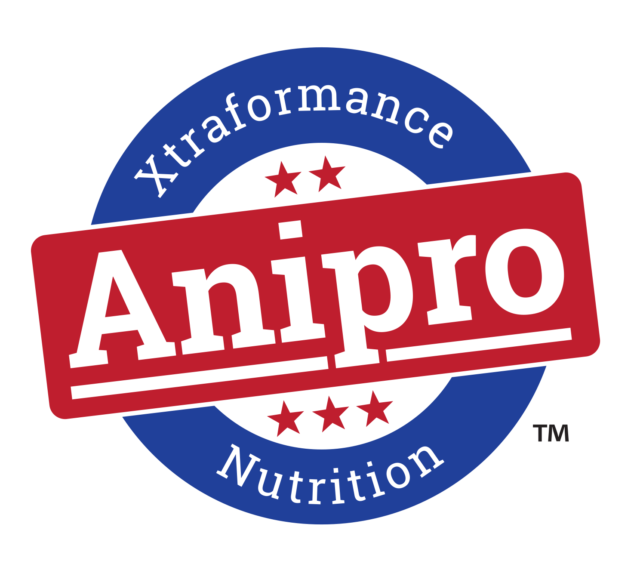Standardized performance analysis records indicate that, on average, a beef cow is 6 years old before she pays off her developmental and feed costs and starts generating a profit. Therefore, starting her off on the right foot is key.
Just like bulls, heifers should go through a breeding soundness exam 30 to 60 days prior to the breeding season to assess individual animal reproductive tract, pelvic area and body condition or weight. This is a helpful tool to cut ties with females either not reproductively mature or lacking ideal pelvic area or shape. If inadequate in either measure, breeding success, calving ease and, ultimately, longevity will be impacted.
Know your mature cow weights and calculate what weight your heifers should be at the start of breeding season. Overweight females result in unnecessary higher feed costs, while underconditioned females may have lower pregnancy rates. A good target is 60% to 65% of expected mature weight.
Develop your game plan for the breeding season and write important dates on the calendar. This includes laying out a synchronization protocol if desired, dates for bull turnout and removal as well as when you plan to check pregnancy. This also includes reminders to schedule any processing dates with necessary personnel in a timely manner.
Fine-tune your diet strategy. For many cattlemen, heifers are developed in a drylot setting and are turned out to pasture after A.I. with the herd bull. This sudden change in dietary and environmental management for these naïve grazers often results in an energy imbalance and can negatively impact fertility if not managed appropriately.
To mitigate these challenges, consider turning heifers out to pasture for a couple of weeks prior to the start of the breeding season and provide a grain-based supplement for at least two weeks once on grass. Research has shown that heifers who continued to gain weight the first 21 days after A.I.’ing resulted in an 8% to 10% advantage in pregnancy rates compared to heifers who maintained or lost bodyweight.
Additionally, work with your veterinarian to determine if, and when, additional health protocols unique to heifers should be completed.










